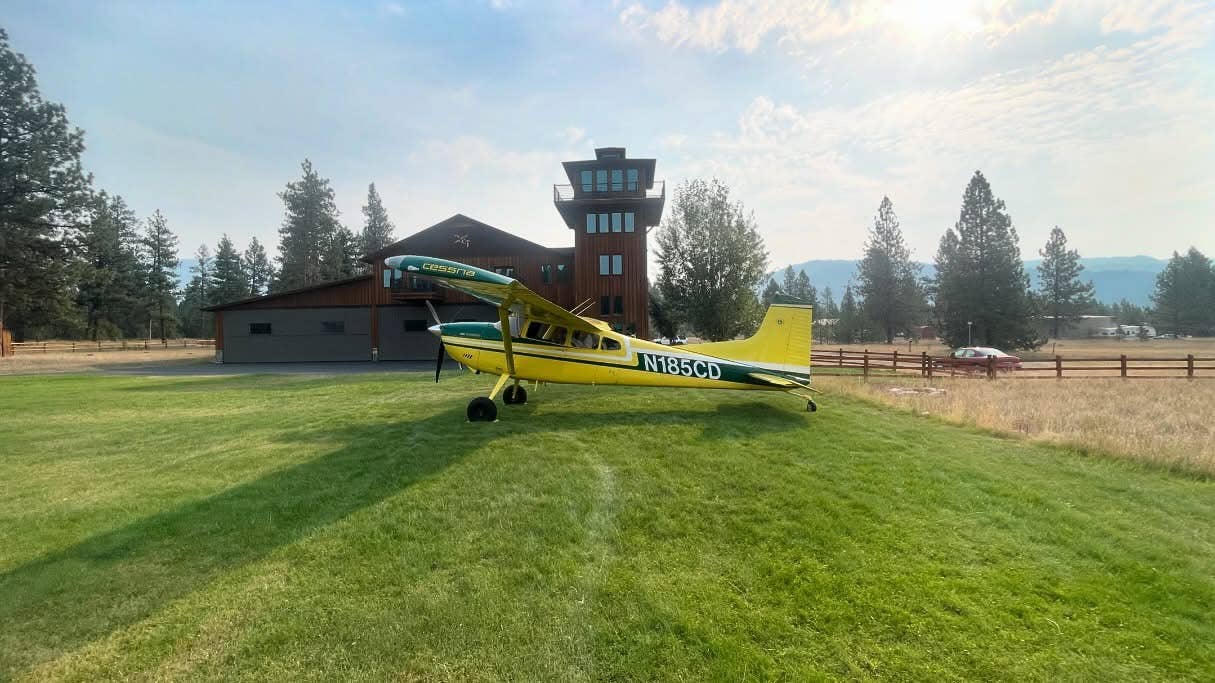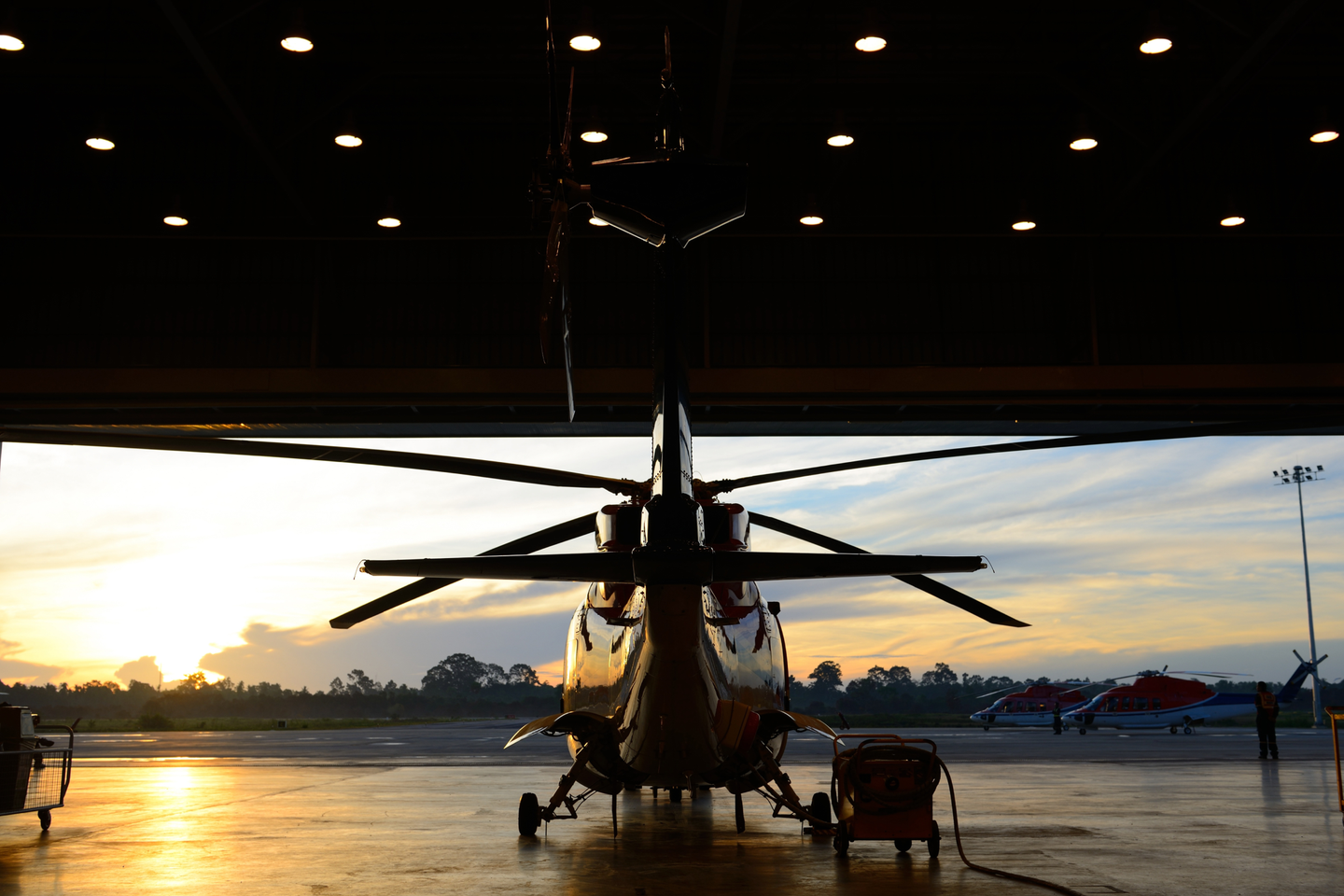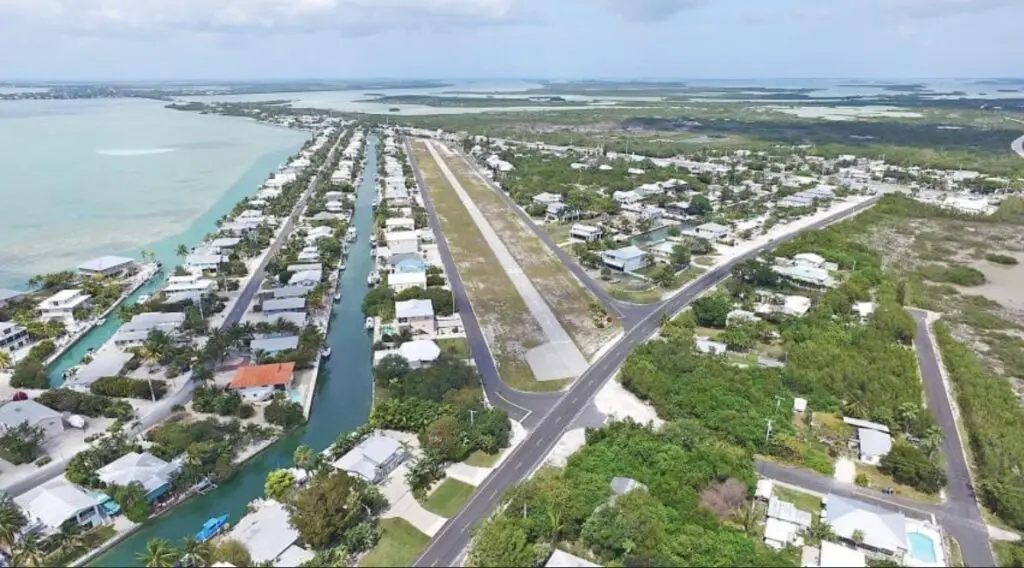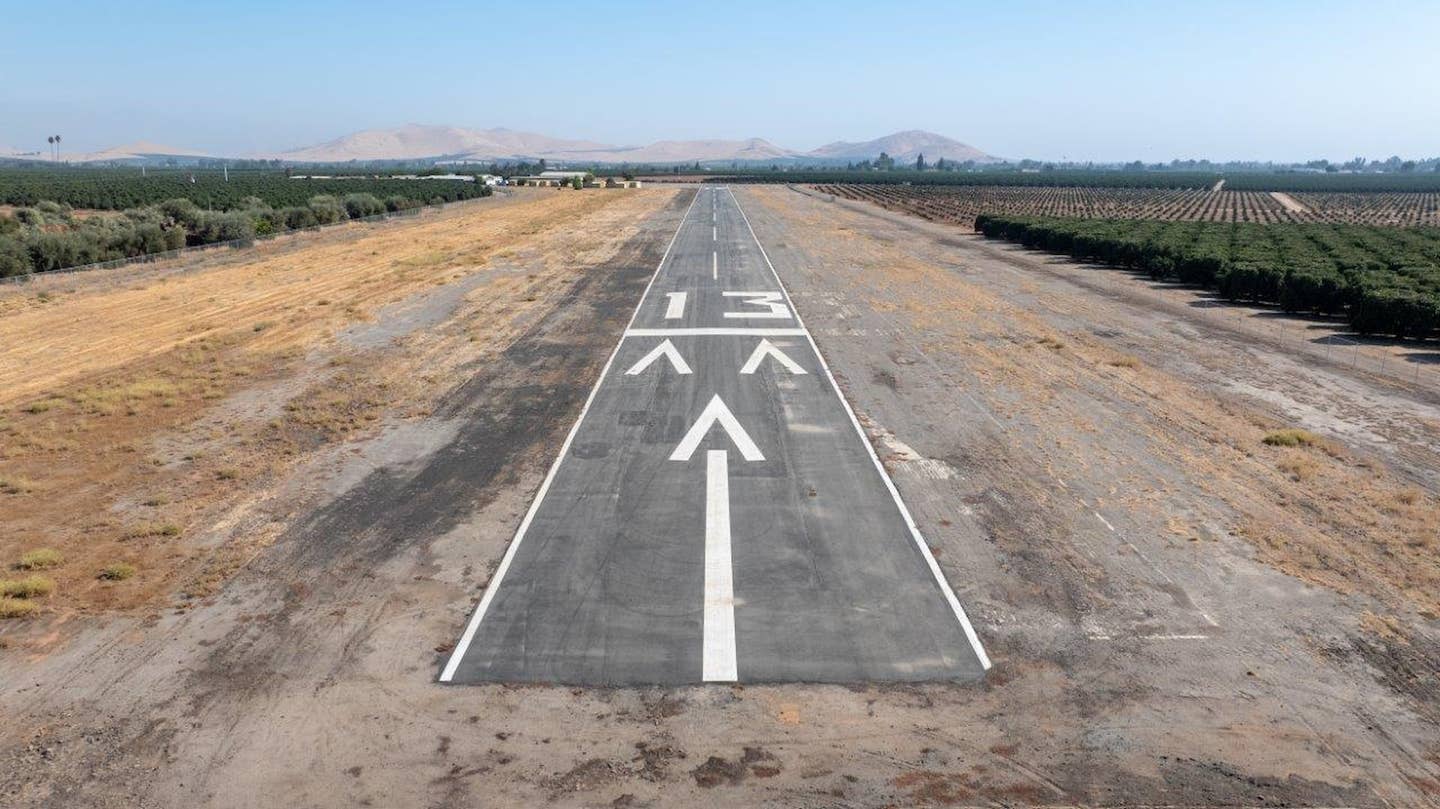An Airpark Community in Australia? Yes—Germany and Costa Rica, Too
The idea of living with your aircraft in residential airparks abroad continues to pick up steam around the world.
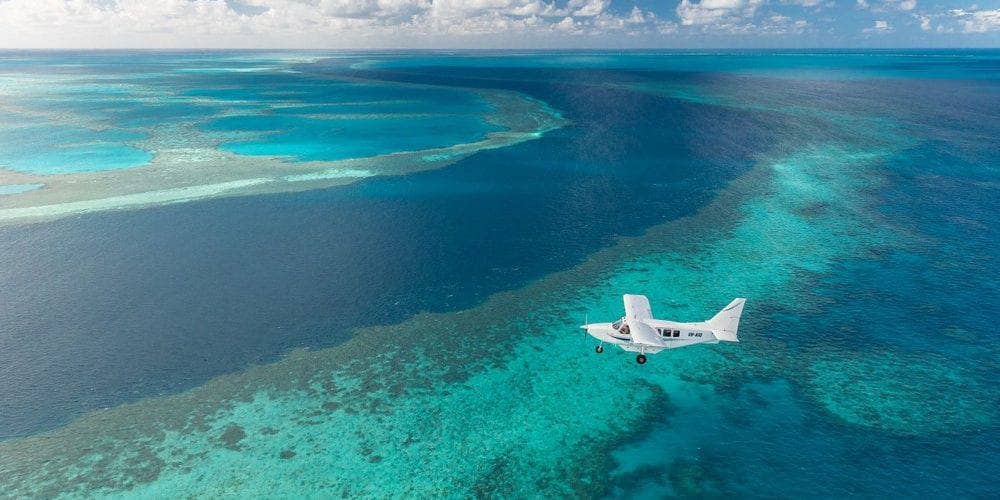
Whitsunday Aviation Village Estate (WAVE) highlights one of the area’s competitive features by illustrating the community’s picturesque setting with the tagline of, “74 Islands, 1 Incredible Airpark.” [Courtesy: Whitsunday Aviation Village Estate]
In continuation of last week’s look at the concept of airpark living abroad, this article outlines four more countries with fly-in communities, both current and in-development. As with those in Canada, Sweden, France, and South Africa, the aviation-centric neighborhoods in these focused-upon countries are largely similar to runway-surrounding neighborhoods in the United States. But naturally they have their own aspects that make them wholly unique to the region where they are located.
Australia
The central coast region of Queensland, Australia, is home to several widely-known natural landmarks—most notably the Great Barrier Reef, Airlie Beach, and a chain of ocean-jutting formations called the Whitsunday Islands.
Whitsunday Aviation Village Estate (WAVE) highlights one of the area’s competitive features by illustrating the community’s picturesque setting with the tagline of, “74 Islands, 1 Incredible Airpark.” According to WAVE’s website, “The airpark combines the essential elements of tropical living, work and play from your doorstep to the taxiway.”
The fly-in community was founded in the early 2010s. It’s located at the airport of the same name, sporting an identifier of YSHR, which has a 1,410-meter (4,626-foot) long asphalt runway, as well as fuel and other on-field services. Based upon WAVE’s communicated masterplan, more than four dozen hangar homes will surround the runway, from the west, north, and south. Three of these lots are currently owned by the airpark’s founding family, the Armstrongs, who fly both a Robinson R66 and a Bell 407 helicopter.
In addition to the founders’ home on Lot 31, roughly a quarter of the neighborhood's dedicated lots appear to host completed homes. There are a number of remaining parcels publicly listed for sale. Communitywide, these sites range in size from 591 square meters on the low end, up to 1,428 square meters, and are listed around a quarter a million dollars (Australian) each, on average.
Select additional Australian airport-based communities include: Rylstone Aerodrome Airpark, Gatton Airpark, and Temora Airpark Estates.
Germany
This Central European nation has zwei residential airparks, one of which presently exists on paper only. Ostsee Airpark, located at Rerik-Zweedorf (EDCR), located near the Baltic Sea in the northern portion of the country, is the first German aviation neighborhood to become a reality.
While the project broke ground in the early 21st century, the airpark was first conceptualized decades prior.
“There had been earlier plans to establish a similar fly-in community here in the early 1990's. However, it was not until Jürgen Steinfeldt, a merchant from Lübeck and passionate parachutist, bought the airfield in 2005 that the project got its start. The original concept was revised and enhanced/ infused with new ideas,” the community’s website says.
Of the advertised 17 runway-adjacent lots, several domiciles presently stand, with some empty lots presumably available for other aviators. Online material shows that a variety of aircraft call the airport home, from single-engine pistons to hot air balloons and helicopters to gliders.
The other German example—albeit one that appears to be in the pre-construction phase—is also adjacent to a considerably sized body of water. Müritz Airpark, approximately 60 nm to the southeast of Ostsee Airpark, is conveniently located to “Germany’s largest inland lake, the Müritz.”
The planned marina—in addition to the projected golf course—is meant to attract potential residents, including those who may not be aviation enthusiasts. But for those who fly, an important aspect of the planned community is the airfield itself. As referenced on the project’s website, one of the four main construction phases is to rehab Rechlin–Lärz Airfield (EDAX), although it does not provide specific details on what the improvement process consists of.
With that noted, the project’s website notes, “The planning and approval services for the flying village have been completed. The taxiways to and in the flying village have been completed.”
Costa Rica
There may be no better way of enjoying “Pura Vida” than living alongside your aircraft in the Central American nation known for toucans, coffee, sloths, as well as a recent influx of international investment, tourism, and even expatriate retirees.
And while Costa Rica is a relatively small country in terms of land area not covered by dense rainforest, there are a number of private and public airports within its boundaries. There are two Costa Rican airparks in the works, both of which are within minutes of the country’s hundreds of miles of coastline.
One is the Pacific Aero Residential at Airpark Aranjuez, which touts itself as “The Biggest Airpark of Central America.” As the planned development’s website notes, “The Pacific Aero Residential has a 20-meter-wide [65-foot-wide] and 800-meter-long [2,625-foot-long] completely natural runway, an aircraft workshop, a skydiving school, powered paragliders, girocopters, hangars and two airplanes for rent, a pilot school for [ultralights,] sanitary services, bathrooms, an inn, restaurant, electricity, drinking water and camping area.”
In addition to the litany of aviation amenities that presently exist at MRAJ, the community appears to be betting on the natural setting of the airpark, noting that it is a “...lugar ideal para un aeroparque verde” (an ideal place for a green airpark).
The other tentative community, Airpark Costa Rica, is 45 nm away from Airpark Aranjuez, across the Gulf of Nicoya, and is also set to be developed around an existing airport’s infrastructure. Monte Reina Airport, with the identifier of MRMR and a 3,000-foot by 100-foot grass runway, is the chosen setting for where people can live “...with pilots and nature-lovers from all over the world.”
The project’s undated marketing materials note that thus far, seven lots have been sold out of a planned 43. With that said, the managing team appears to be in the search of a strategic investor-likely to help provide additional lift to the concept of enjoying “Pura Vida” while living amongst aircraft and other aviation enthusiasts.
And while the concept of residential airparks first “took off” in the United States, some shining examples now exist in a number of countries. Regardless of where in the world, from Costa Rica to Australia to Sweden and others, the possibility of living alongside your aircraft has become increasingly prevalent in the last few decades. With any luck, the setting appears to be primed for continued international expansion.

Sign-up for newsletters & special offers!
Get the latest FLYING stories & special offers delivered directly to your inbox



